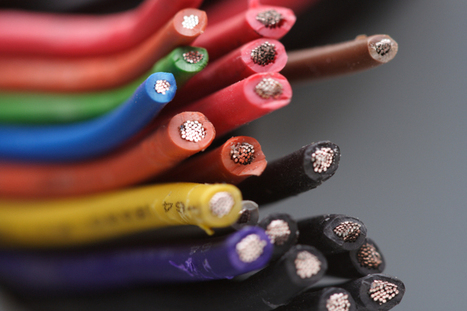When cable TV subscriptions in the U.S. peaked in 2012 — and 97.6 million Americans paid to watch television delivered via cable — it seemed the traditional media supply chain was stronger than ever. Since then, however, cable subscriptions have steadily declined each year.
The usual culprits blamed for this decline are the streaming services, like Netflix, Hulu, Amazon Prime, and HBO Go. A recent report from MoffettNathanson Research found that 81 percent of adults under 35 have a Netflix subscription. Additionally, millions of Americans are watching television from their smartphones or other handheld smart devices, which makes app-based services convenient choices.
The story goes, “Cord-cutters are canceling their cable services and going over-the-top, therefore it’s the demise of the television business as we know it.”
This premise is wrong. Here’s why: The consumer has their own definition of TV.
To start, we should clarify that consumers now perceive “TV” as content, not as content delivered through a linear hardware box in their living room. HBO, Netflix, Amazon, Hulu, Buzzfeed — consumers don’t care about where content derives, they only care that it’s quality....
Research and publish the best content.
Get Started for FREE
Sign up with Facebook Sign up with X
I don't have a Facebook or a X account
Already have an account: Login
Social marketing, PR insight & thought leadership - from The PR Coach
Curated by
Jeff Domansky
 Your new post is loading... Your new post is loading...
 Your new post is loading... Your new post is loading...
|











This is a thoughtful look at television, TV content and the future of content on devices. Recommended reading for marketers. 9/10